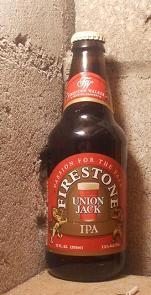I hadn’t thought of an attack on Ontario’s beer retailing weirdness from the Federal level but that may be just what is lining up for 2014:
A spokesperson for the Competition Bureau confirmed Friday that it’s “currently examining the differences between the beer industries in Ontario and Quebec and exploring the effect that these differences have on competition in each province….” “The bureau chose to focus on the beer industry as there have been a number of conflicting reports as to why the price of beer varies between Ontario and Quebec,” Phil Norris, a spokesperson for the Competiton Bureau, said via email. Sources told Global News Beer Store officials and others have been interviewed by the bureau. Regulators were “collecting information from industry participants,” Norris said.
Collecting information? I suppose if the mandate is limited to assessing a nutty regulatory system’s effect on pricing one must make a study of the obvious. As Jordan has detailed, the pricing arguments may not be all they appear but for me that is not the point. I have no interest in limiting my choice when it comes to my shopping whether for beer, cheese, shoes or books or anything. I buy at least half my beer ever the course of the year in Quebec or the USA. I’ve gotten the occasional wee lectures from overly eager border guards telling me I should not buy in the States but, really, when you allow yourself to take consumer product advice with folk with sidearms where are we?
I am happy to pay full freight. I am happy to declare purchases at the border, support local and support actual well crafted just about anything. But, when it is all boiled down, what I am most happy with is the idea of reducing the intermediaries. I prefer two parties to a transaction, the maker and me. Add a third as retailer and I am not upset but getting into wholesaler, bonding firms, distributors, importers and clearance certificate issuing laboratories and you start seeing not only why a simple product like beer is over priced but over wrought. As in what hath this system wrought?
At the moment – as it has since 1927 in Ontario – it hath wrought market constriction to the point one cannot be sure of value or even preference. We get what we are given and are expected to line up and praise the short shelves of selected goods. No thanks. I’ll continue to take much of my money elsewhere until that changes. If that takes a prosecution of the provincially regulated monopoly by Federal officials, so be it.
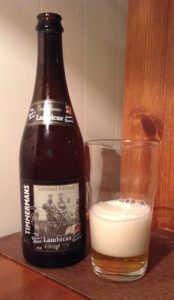 Session beer. 5.5% and sufficiently sour that a personal sized 750 ml gives at least two hours – or four laundry loads – worth of sips. It pours a slightly clouded golden straw. Plenty of must and funky tang when the nose is rammed into the nonic. Still, a bit of fruit in there. Maybe lingonberry. Just a hint. Much more going on in the swally. Sour, yes, certainly sour with a light summer apple, lemon, creamy wheat, nutmeg heart. “Rotten lemon, more like it!” says the lad after he sticks a finger in the glass. Which pretty much sums it up.
Session beer. 5.5% and sufficiently sour that a personal sized 750 ml gives at least two hours – or four laundry loads – worth of sips. It pours a slightly clouded golden straw. Plenty of must and funky tang when the nose is rammed into the nonic. Still, a bit of fruit in there. Maybe lingonberry. Just a hint. Much more going on in the swally. Sour, yes, certainly sour with a light summer apple, lemon, creamy wheat, nutmeg heart. “Rotten lemon, more like it!” says the lad after he sticks a finger in the glass. Which pretty much sums it up.

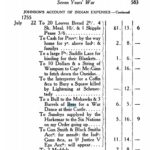

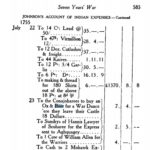

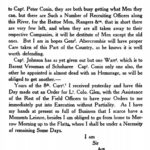


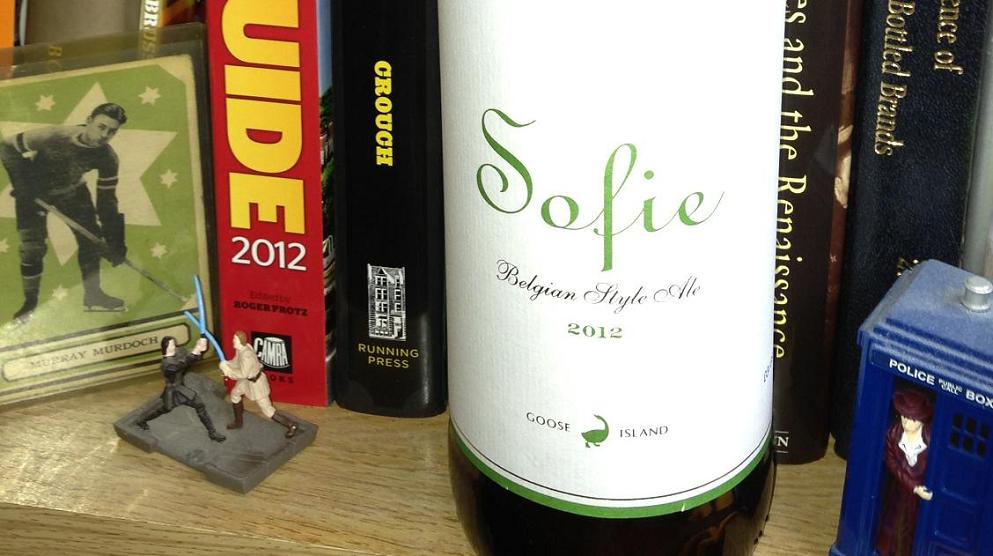
 I took down the little logo for the Cracked Kettle beer store in Amsterdam today. I removed it after getting an email advising that the shop closed a few months back and that owner Jeff Cunningham had died in June after a few months of terminal illness. Sad news. I never met Jeff but had worked with him now and again since the late fall of 2006. His shop paid for the ads in beer shipped to me and other writers then populating the blog as proof of how fine the service was. Knut, micro-famously, had to sit around waiting for a
I took down the little logo for the Cracked Kettle beer store in Amsterdam today. I removed it after getting an email advising that the shop closed a few months back and that owner Jeff Cunningham had died in June after a few months of terminal illness. Sad news. I never met Jeff but had worked with him now and again since the late fall of 2006. His shop paid for the ads in beer shipped to me and other writers then populating the blog as proof of how fine the service was. Knut, micro-famously, had to sit around waiting for a 